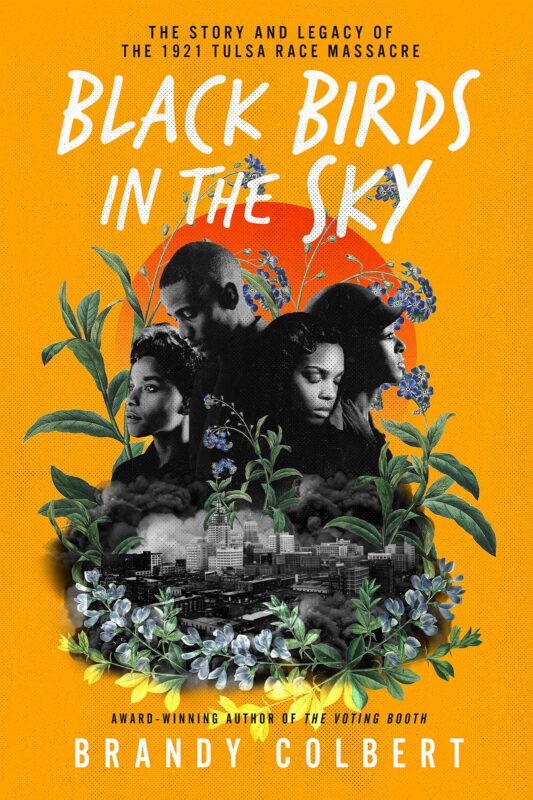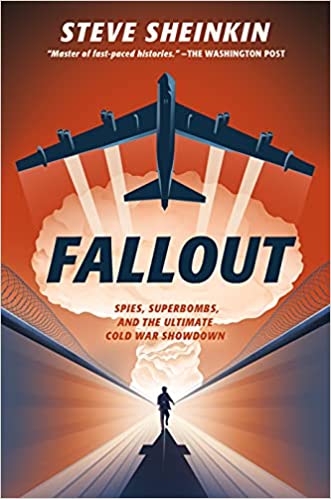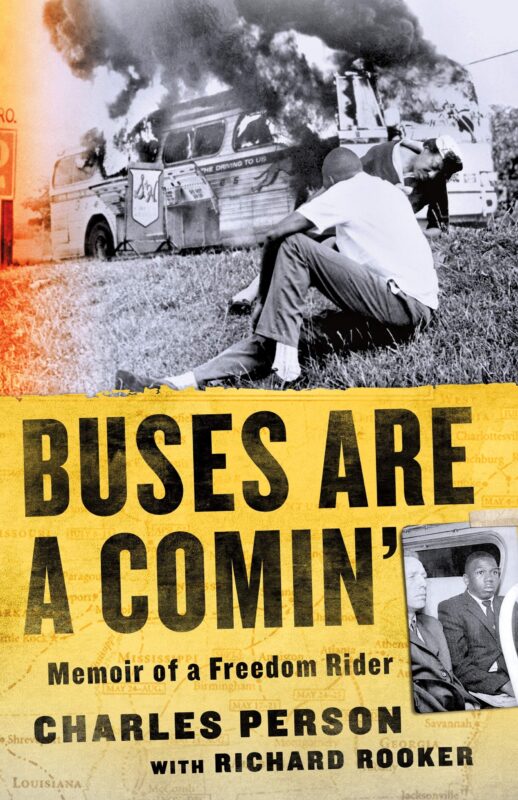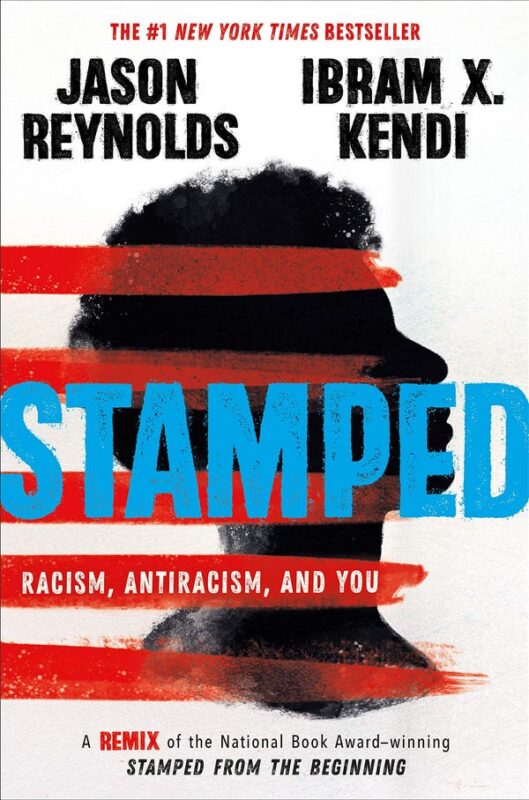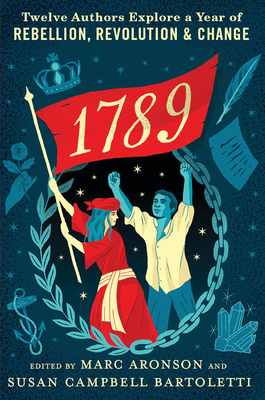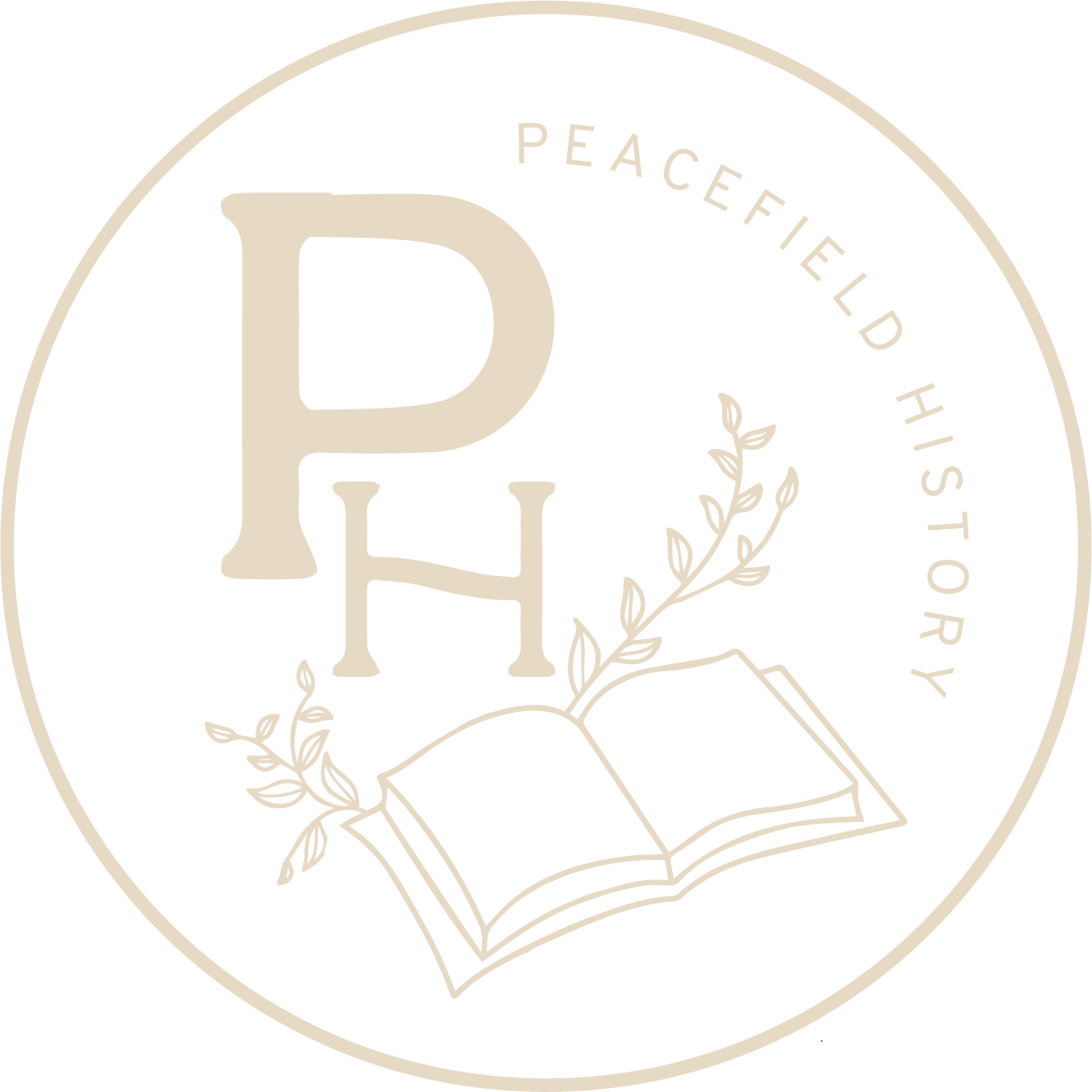Black Birds in the Sky
Series: Reads and Reviews, Reads and Reviews - November 2021
Genre: Historical Nonfiction - YA
(YA reading level - graphic depictions of violence and use of the "n" word is historical documents)
Fallout
Series: Reads and Reviews, Reads and Reviews - October 2021
Genres: Historical Nonfiction - YA, Historical Nonfiction - Middle Grade
I'm so excited every time I get a chance to read a Steve Sheinkin book! He takes a fascinating story that is just meant to be told and writes that story with text that a middle schooler can actually understand and appreciate. I know, one would think it's common sense, but honestly, these books are so refreshing to read. This book is his latest release, and it could be considered a sequel to his previous book - Bomb. Fallout discusses the astronomical tension that developed during the Cold War between Kennedy and Khrushchev and the events that led to the Bay of Pigs and the Cuban Missile Crisis. Sheinkin incorporates anecdotes about the two leaders (like Kennedy's constant back pain) to make the topic more relatable and personable. The narrative is written with short chapters and thriller-like text that would draw in any middle schooler. Pick up this book for your classroom and check out the rest. I plan on adding all of his titles to my classroom bookshelves next year.
More info →Buses Are a Comin’: Memoir of a Freedom Rider
Series: Reads and Reviews, Reads and Reviews - September 2021
Genre: Historical Nonfiction - YA
Well, I started this book about 36 hours ago, and I'm now finished.
I'm well versed in the story of the Freedom Rides. I read a full book outlining the events when I was younger, I have taken more than one class on the Civil Rights movement, and have shown more than one documentary in class. Still, the gripping account of Charles Person's experience with the Freedom Rides during the Civil Rights movement enthralled me from cover to cover. The authenticity in his story and in the emotion he relays is unparalleled. It's one of the best historical memoirs I've read.
For instance, in one section, Person explains the fear one feels when one encounters pure racial hate. As he notes, " If you want to know what Anniston felt like when our bus arrived, go to the deadly sites- the deadly nights - of the Civil Rights Era... fix your thoughts on what it must have been like on each of those solemn, horrific, now sacred, nights. Stand still..." He then goes on to describe the racial violence the Freedom Riders encountered when they arrived in Anniston, Alabama. Person discusses many accounts of violent attacks and many accounts of friendship, bravery, and true white allyship. Still, it's the way he describes them that makes this book enthralling and timeless. It's simply a must-read.
More people should be talking about and reading this book. It is one of the best accounts I've read that draws a throughline between the protests of the Civil Rights era to today. If you teach U.S. History, grab a copy of this book, display it in your classroom, and share the story with students. You can read sections to a full class and I have no doubt that it will keep their attention.
More info →Stamped – Racism, Antiracism, and You
Series: Reads and Reviews, Reads and Reviews - August 2021
Genre: Historical Nonfiction - YA
Stamped From the Beginning seeks to explain the narrative thread of racism that has run throughout the whole of American (Colonial and U.S.) History. It begins with Portuguese exploration and ends with the present day. This book provides a more succinct narrative of the history of racism in the United States than the original epic tome written by Ibram X. Kendi. Jason Reynolds took the original work and parsed it down into an engaging dialogue that makes the work feel much more like a conversation than a history textbook. (As Reyolds notes many times, it is NOT a history book!). Reynolds explores how the racist segregationists (the racist haters), assimilationists (basically accommodationists) and antiracists (the lovers) have all pushed and pull history, and how, unfortunately, the racists have often controlled that narrative. Reynolds draws from the many examples provided by Kendi, and the book generally follows the same historical narrative as Kendi's original.
This book is labeled for ages 12 and up, but honestly, I think it's best suited for high school students. There is so much to contextualize and explain, and I think the narrative or nuance would become lost if a teacher finds that they have to provide background for the twenty different concepts interwoven on a single page. High schoolers will be able to really explore the themes that are central to the text. I think a teacher could even spend a week working through just one of the chapters with students. (For instance, I know that could spend a full class period with students explaining why the phrase "I have black friends," doesn't exempt one from racist ideas and how that was basically an unsaid motto of Thomas Jefferson.)
Also, this book is for teachers. Especially those well-meaning teachers who picked up the original Stamped From the Beginning, realized that the text was incredibly dense, and then placed the book on their shelf to collect dust. This book breaks down the major concepts of the book without the incredible detail. If you're one of those teachers (shh, I won't tell), definitely pick up this book for yourself.
For a plethora of reasons, teachers might not be able to implement this full text in their classrooms, however, I hope they think about how they can.
More info →1789: Twelve Authors Explore a Year of Rebellion, Revolution, and Change
Series: Reads and Reviews, Reads and Reviews - August 2021
Genre: Historical Nonfiction - YA
This book was a revelation in historical writing. There are 12 chapters in all, and each focuses on the story of one individual and the ideas that pushed their thinking towards rebellion, revolution, or change. Each was written by a historian who is an expert on that topic.
This book doesn’t center around the typical men or topics that take up most of the space in any regular book about the Revolutionary era. Instead, one chapter is devoted to a Seneca leader, another focuses on a geologist, there’s a painter, a mathematician, and many more. Although they are not overtly explained, questions of freedom, equality, and race intersect and envelop each other in each of the 12 stories.
Though this book centers around historical events occurring in 1789, the way in which the stories were presented made them feel current and modern. This might be partly due to the fact that the people in these stories aren’t the same tired forefathers who seem so dead and distant. Further, by examining the inner thoughts of each of the historical actors, their concerns and passions seem much more universal.
I’ve often preached about the necessity of rewriting the narrative of U.S. History. This book does so well, and in a way that should be emulated. (A small plea to the writers - could you create a middle-grade version?)
This book would be a fantastic addition to any U.S. History class where the teacher has the time to devote a good couple of weeks to deep-diving into the Revolutionary era. Divide the chapters among students - have them dissect the topics and find the commonalities among the ideas. Technically, this book was labeled as a YA book, however, I would suggest it’s best for students in grades 10 through 12. This book does require students who can teach at a high school level, however, some chapters were more approachable than others.
More info →